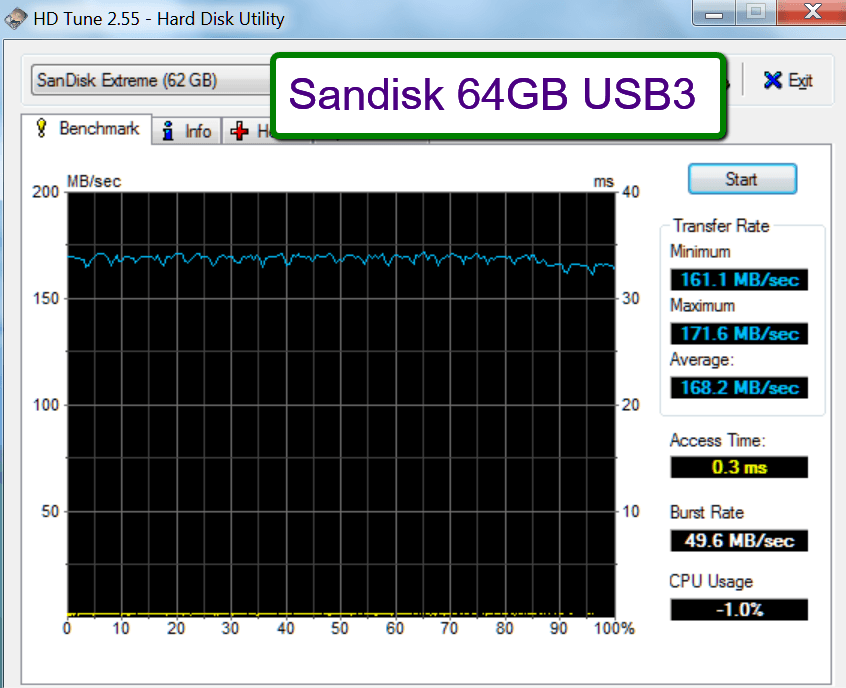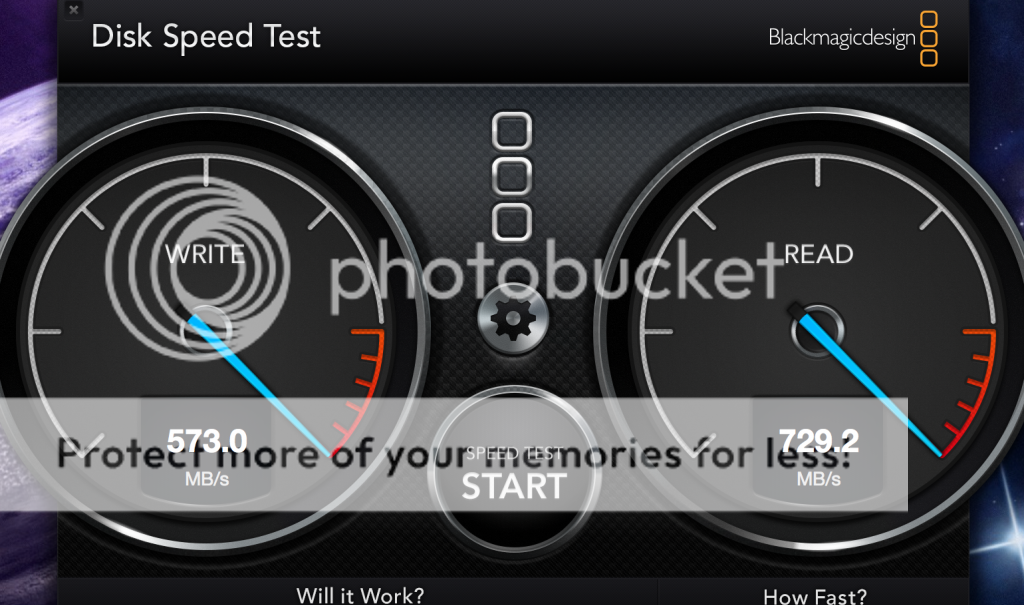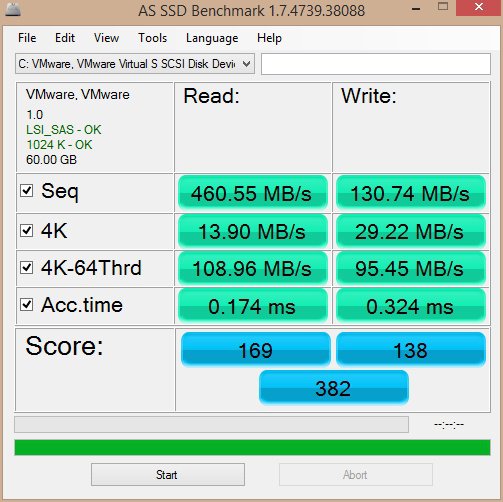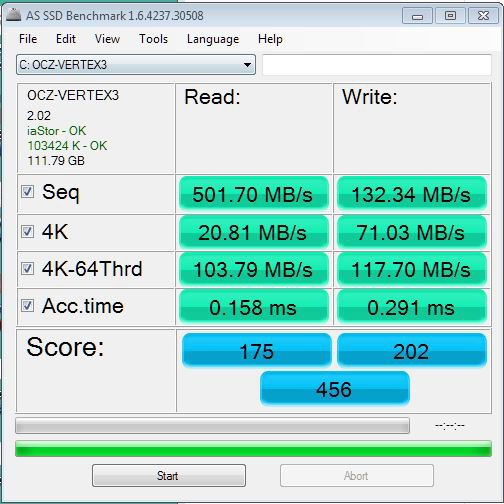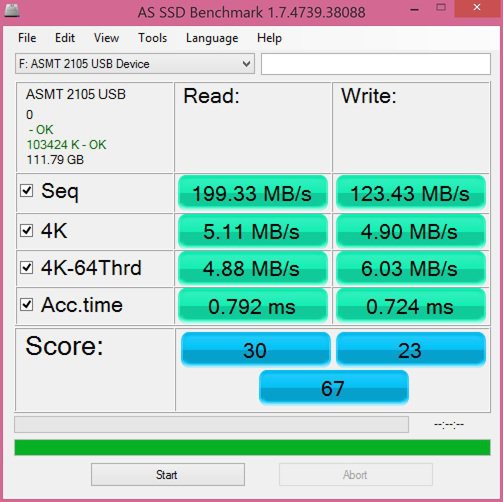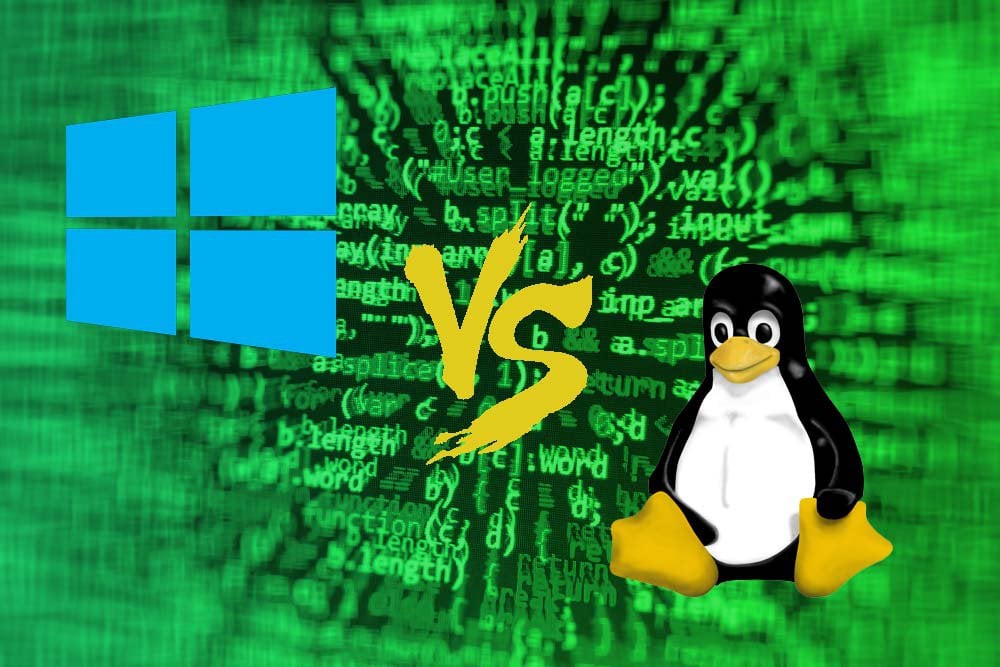
Read more at: Five reasons I'd rather run Windows 8 than Linux | ZDNetMany of us use Linux every day. Thankfully, most of the people using Linux don't know they're using Linux.
My octogenarian parents, for example, have been using their TiVo DVRs for years, but have no idea that there's a variant of Linux running deep inside. The guy who installed my kitchen cabinets, who loves his Android phone but insists Facebook is hard to use has no idea he's using a variant of Linux....
Reason #1: As soon as you mention one distro, all the fanboys go insane claiming you've made the wrong choice.
You did it, didn't you? Just as soon as I mentioned Mint, a whole bunch of you started to foam at the mouth. Mint's not the distro-du-jour anymore. There's Bodhi. There's Xubuntu. There's the truly unfortunately named DouDou.
Last edited by a moderator:



